How To Grow Asparagus
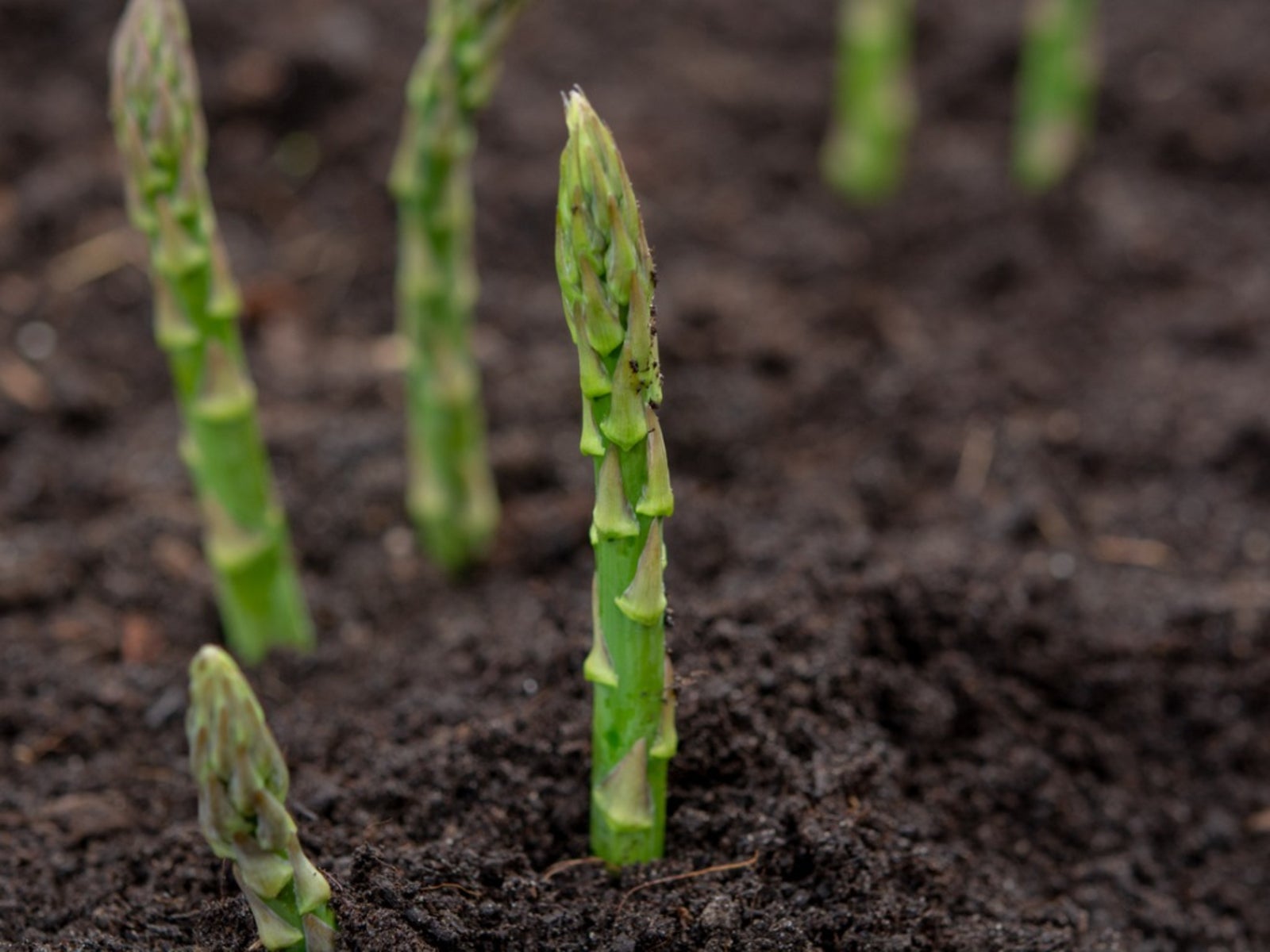

Asparagus (Asparagus officinalis) is a long lasting perennial, and the first vegetable harvested each spring. It's prized for its flavor, rich in vitamins and minerals, and only 30 calories per cup. Add to this the grocery price and you'll easily justify the effort of digging a special bed for growing asparagus.
Asparagus Growing Conditions
Production can last 15 years in a well placed bed of asparagus. Care should be taken to find a spot that will receive at least eight hours of sunlight in a well drained area that can be deeply dug to properly plant your asparagus. Growing conditions should be given the greatest consideration since the bed will be more or less permanent.
How to Grow Asparagus
Knowing how to grow asparagus will give you the healthiest plants with the greatest yield. Buy one-year-old, healthy crowns. Dig a trench 8 to 10 inches (20-25 cm.) deep and wide enough to accommodate the growing asparagus roots. Apply one pound of triple superphosphate (0-46-0) or 2 pounds of superphosphate (0-20-0) for every 50 feet (15 m.) of trench. For ideal growing, asparagus trenches should be 4 feet (1 m.) apart. Place the crowns 18 inches (46 cm.) apart right on top of the fertilizer. Work liberal amounts of organic material into the dug soil to provide optimal asparagus growing conditions. Use this soil to backfill the trench to a depth of 2 inches (5 cm.). Backfill with more soil every time you see another 2 inches (5 cm.) of the tender new stalks of asparagus. Care must be taken to protect these delicate shoots. Once the trench is filled, the hard work is done, but there is a little more to know about how to grow asparagus successfully. Weed the bed thoroughly in early spring to keep the bed weed free. Feed the growing asparagus annually with a 10-10-10 granular fertilizer. Don't harvest until the third year and then only lightly. Thereafter, harvest up until July 1st by snapping the stalks off at the base. Then, the growing asparagus should be allowed to reach maturity to insure the development of healthy roots. If you follow these simple directions for asparagus care, you'll enjoy those tender and delicious spears for years to come.
Gardening tips, videos, info and more delivered right to your inbox!
Sign up for the Gardening Know How newsletter today and receive a free copy of our e-book "How to Grow Delicious Tomatoes".

Jackie Rhoades began writing for Gardening Know How in 2010.
-
 Try The Trend – Turn Any Bed Into A Keyhole Garden With This Clever In-Ground Composter
Try The Trend – Turn Any Bed Into A Keyhole Garden With This Clever In-Ground ComposterKeyhole gardening is an efficient and sustainable practice that saves space. Get started on this DIY project quickly and easily with an in-ground composter.
By Bonnie L. Grant
-
 4 Superfast Composting Methods: Turn Waste Into Garden Gold In 30 Days Or Less
4 Superfast Composting Methods: Turn Waste Into Garden Gold In 30 Days Or LessTry the fastest composting methods to turbocharge your pile and transform kitchen scraps and garden waste into finished compost in just a few weeks.
By Mary Ellen Ellis
-
 What Is White Asparagus – How Does White Asparagus Grow
What Is White Asparagus – How Does White Asparagus GrowHere's a real head-scratcher. There are no varieties of white asparagus! So how does white asparagus grow? Read on to find out.
By Laura Miller
-
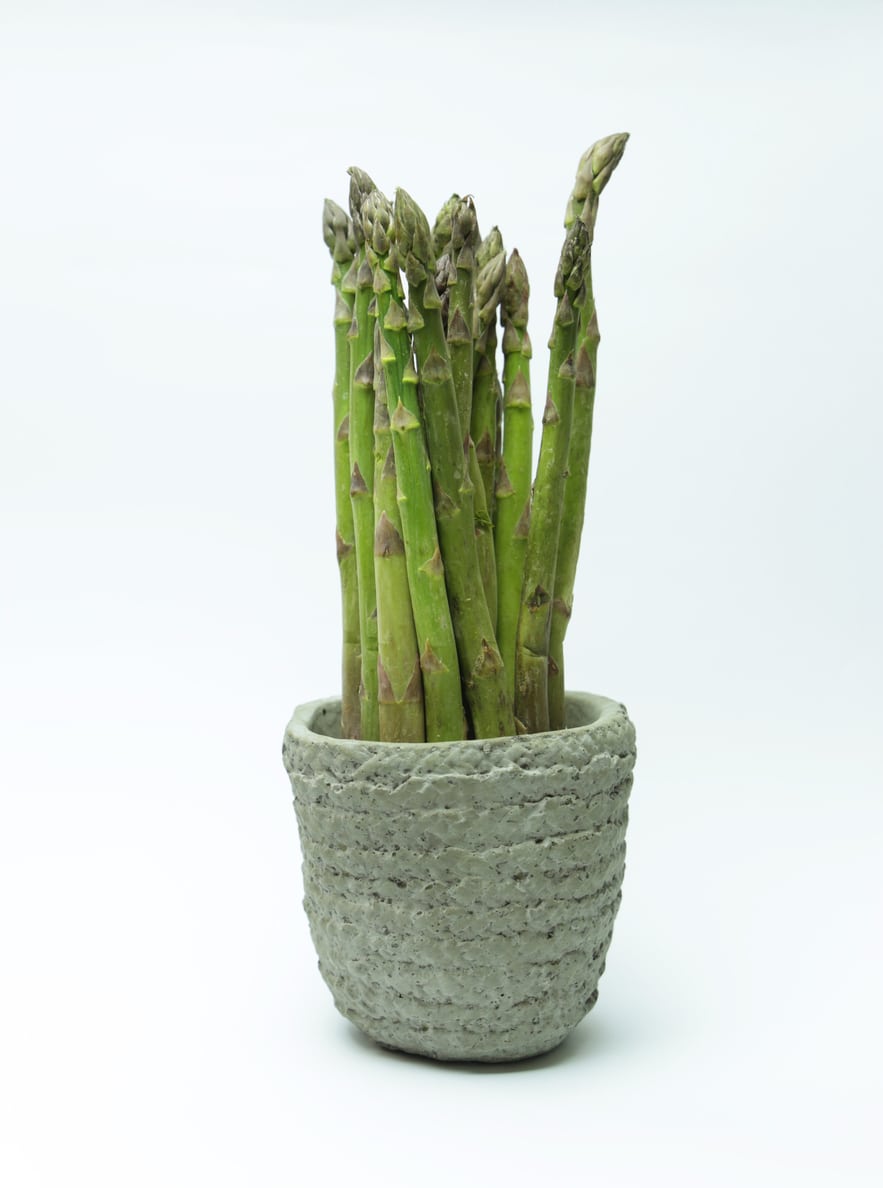 Potted Asparagus Plants – Can You Grow Asparagus In Containers
Potted Asparagus Plants – Can You Grow Asparagus In ContainersThe introduction of new asparagus cultivars has made the process of growing and caring for these plants easier than ever before. But can you grow asparagus in a pot? Click on the following article to learn more about container grown asparagus plants.
By Tonya Barnett
-
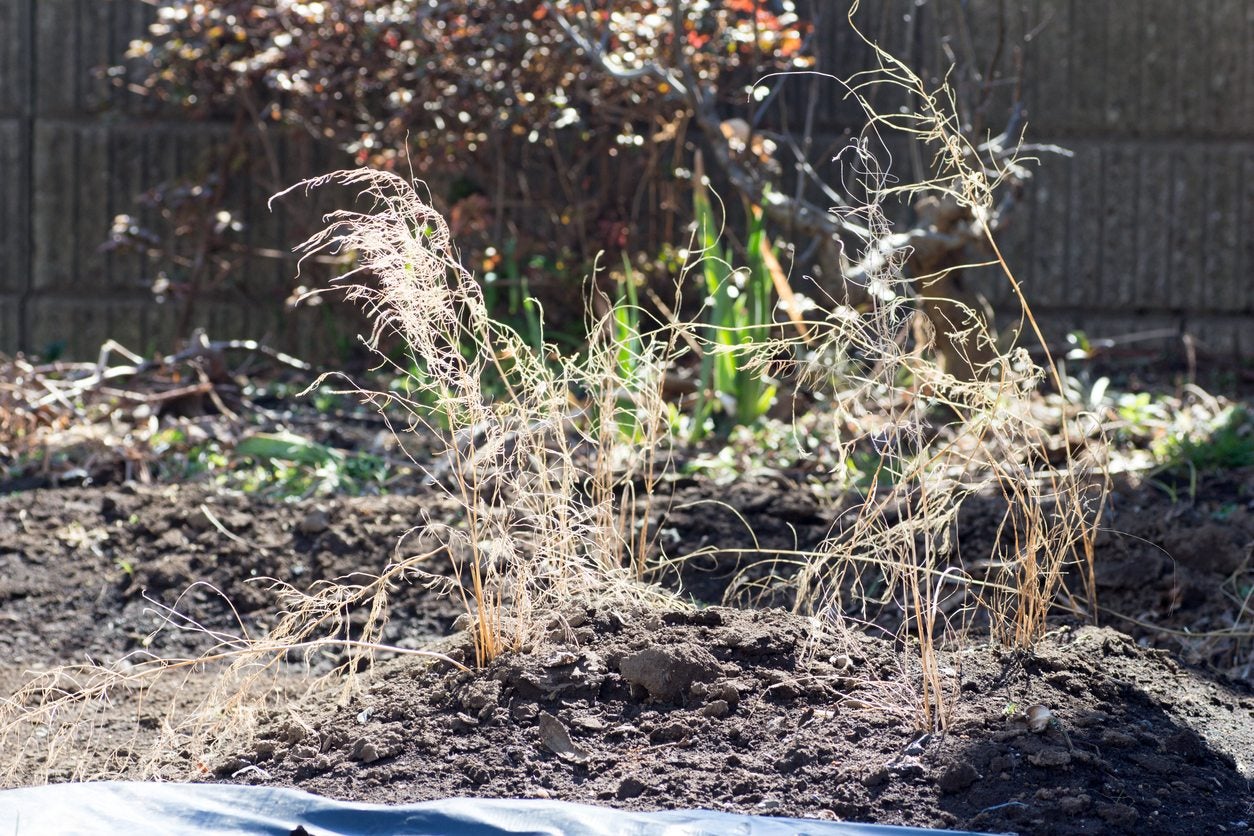 Asparagus Winter Care: Tips On Winterizing Asparagus Beds
Asparagus Winter Care: Tips On Winterizing Asparagus BedsOnce established, asparagus is fairly low maintenance with the exception of keeping the area weed free and watering, but what about overwintering asparagus plants? Do asparagus need winter protection? Find out in this article.
By Amy Grant
-
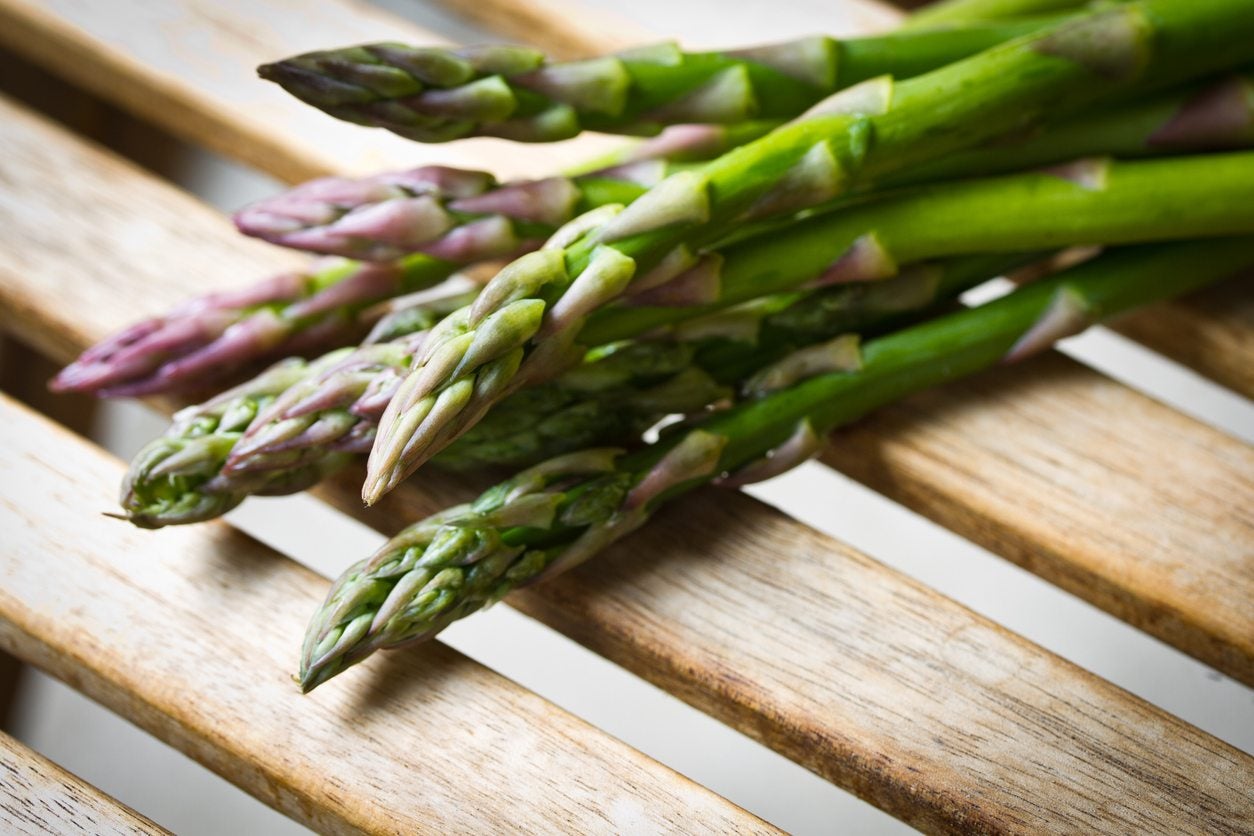 What’s The Difference Between Male And Female Asparagus Plants
What’s The Difference Between Male And Female Asparagus PlantsWe all know that some plants have male reproductive organs and some have female and some have both. How about asparagus? Are there really male or female asparagus? If so, what's the difference between male and female asparagus? Find out here.
By Amy Grant
-
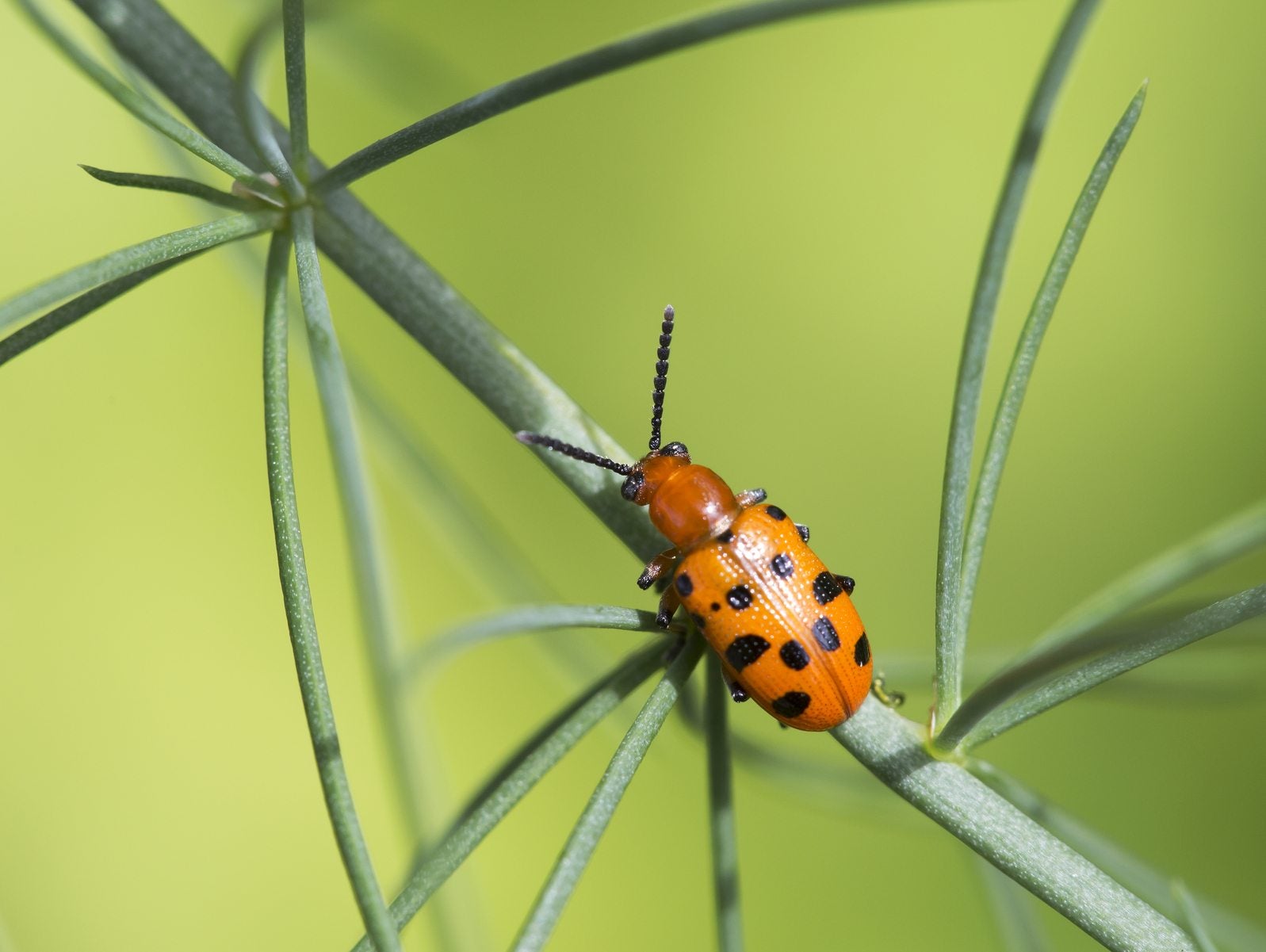 Spotted Asparagus Beetle Facts: Controlling Spotted Asparagus Beetles In Gardens
Spotted Asparagus Beetle Facts: Controlling Spotted Asparagus Beetles In GardensIt can be especially devastating when an asparagus patch falls victim to pests. One very common asparagus pest is the spotted asparagus beetle. Learn some spotted asparagus beetle facts and how to prevent spotted asparagus beetles in this article.
By Liz Baessler
-
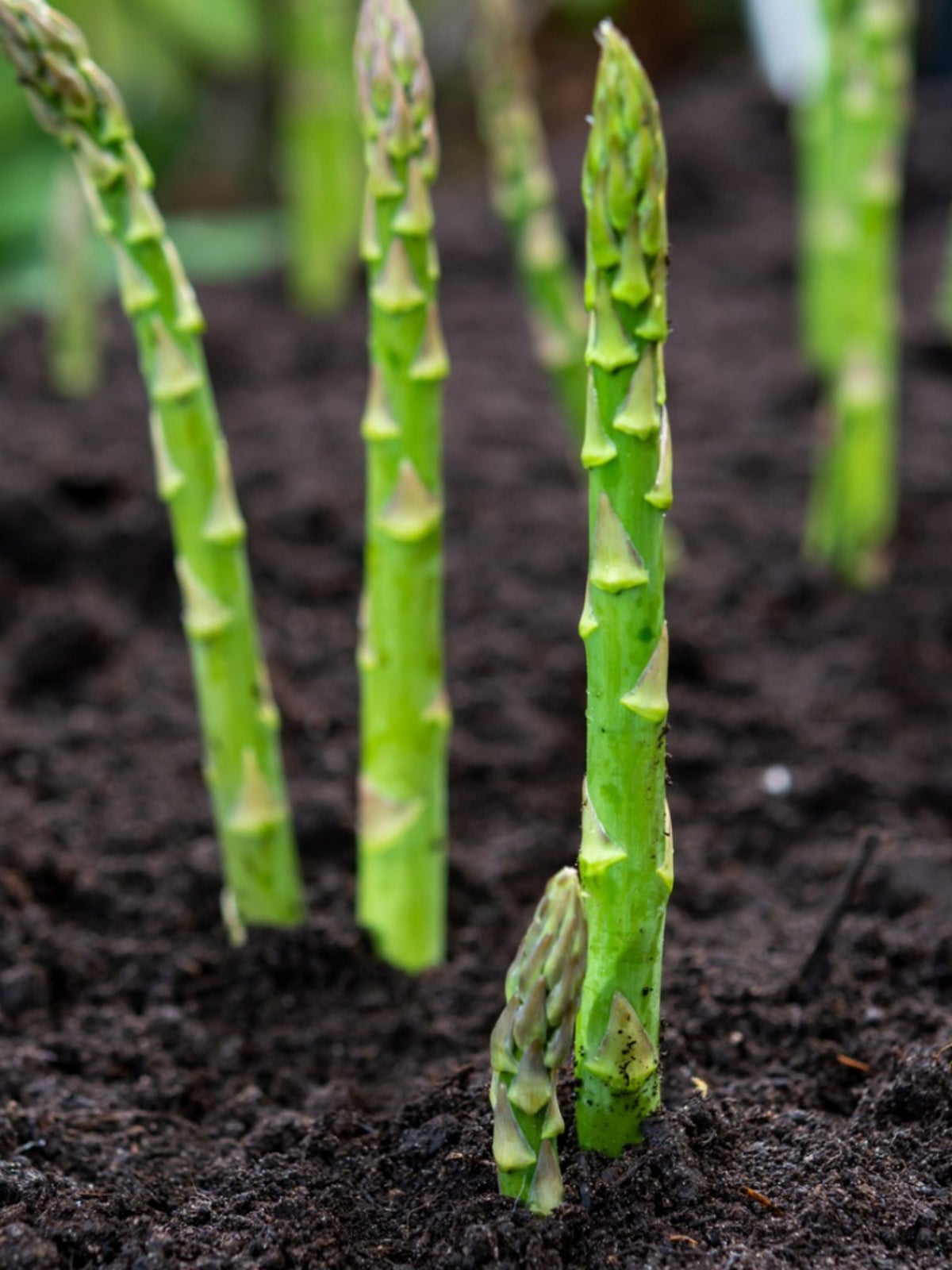 What Is Asparagus Rust: Tips On Treating Rust In Asparagus Plants
What Is Asparagus Rust: Tips On Treating Rust In Asparagus PlantsAsparagus rust disease is a common but extremely destructive plant disease that has affected asparagus crops around the world. Learn more about asparagus rust control and treatment in your garden using information from this article.
By Mary H. Dyer
-
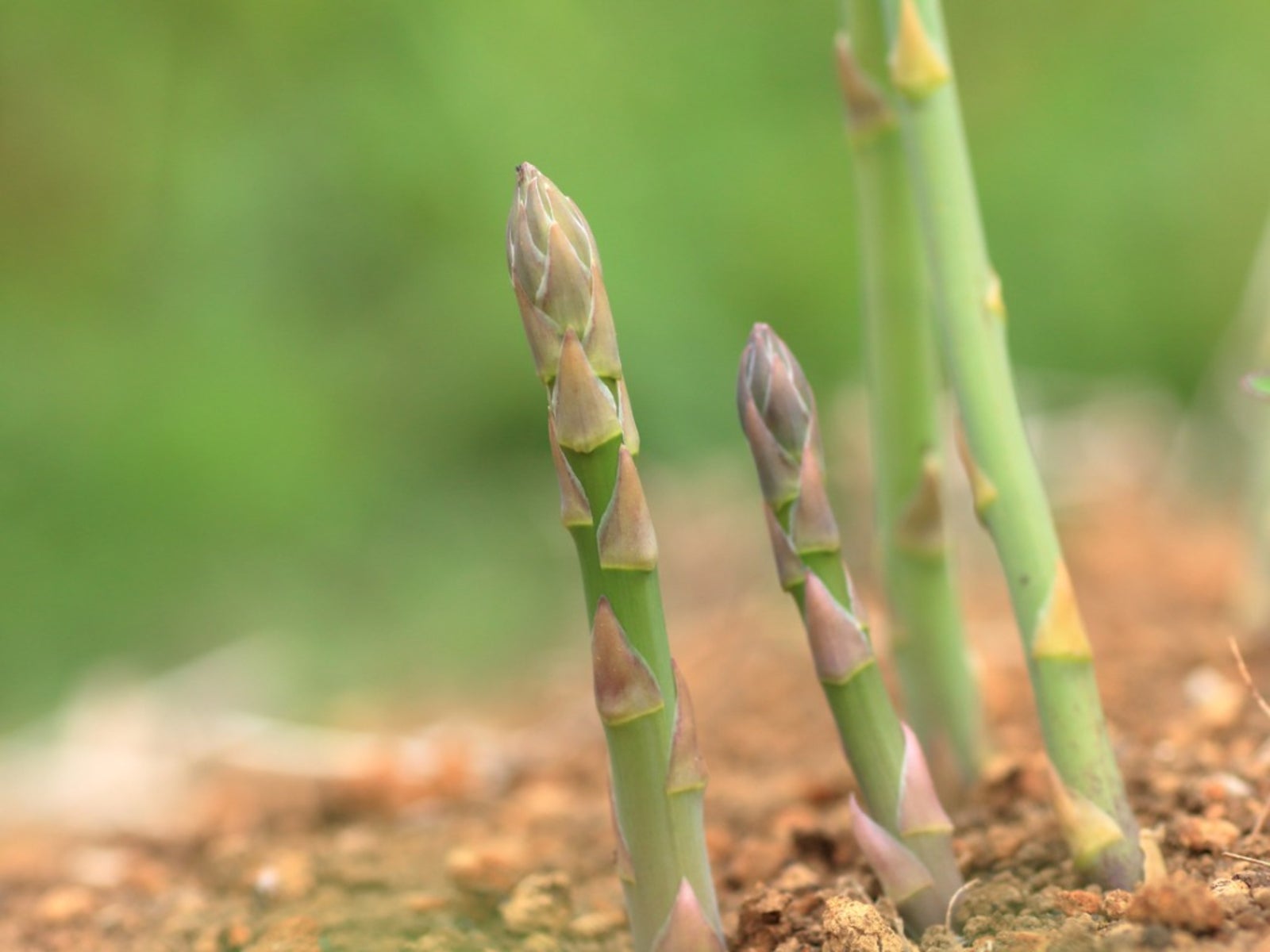 Rotting Asparagus Plants: Treating Asparagus Crown And Root Rot
Rotting Asparagus Plants: Treating Asparagus Crown And Root RotAsparagus crown and root rot is one of the most economically disastrous diseases of the crop worldwide. Asparagus crown rot is caused by three species of Fusarium. Learn more about controlling asparagus fusarium crown rot and root rot here.
By Amy Grant
-
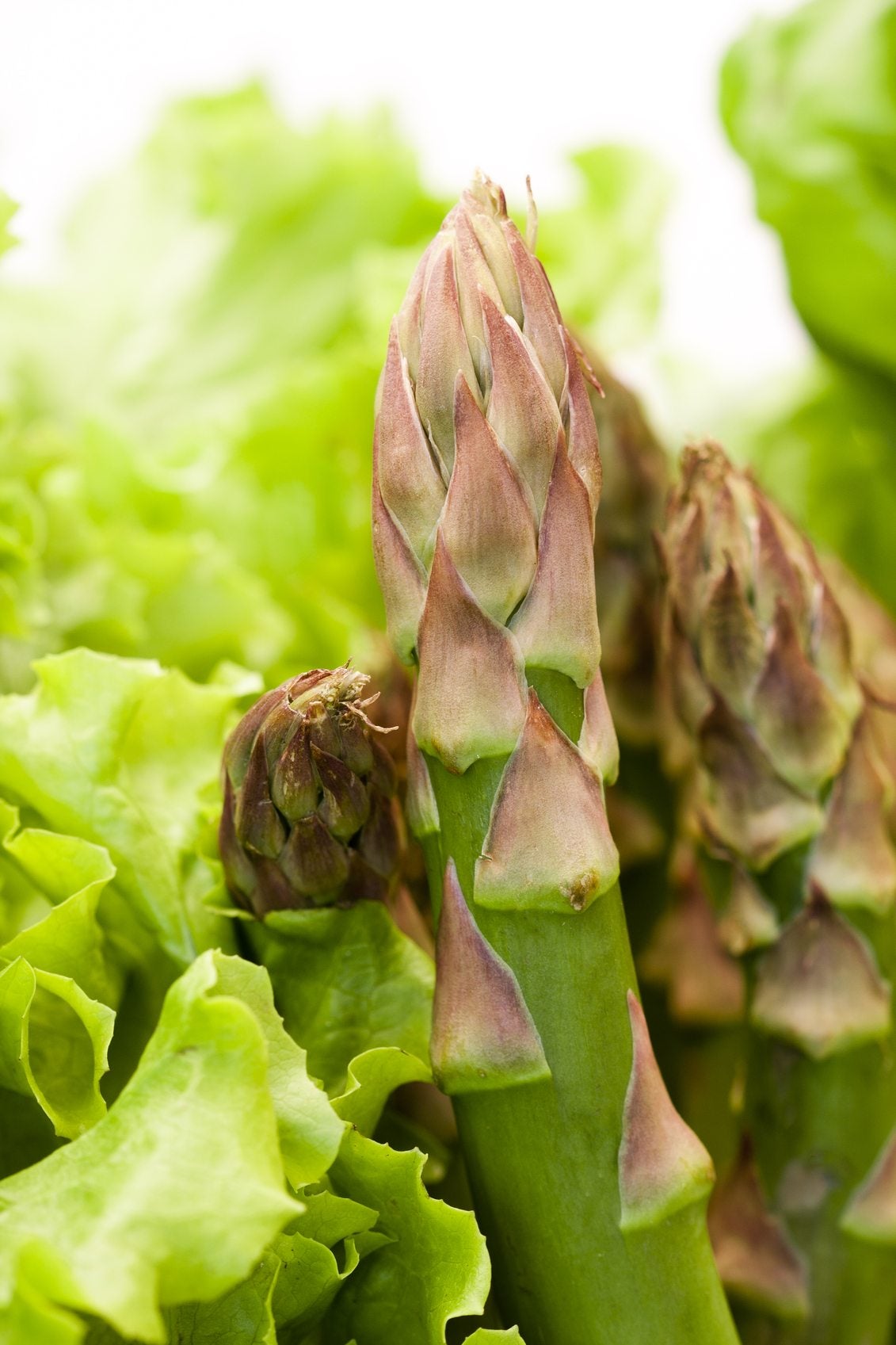 Asparagus Companion Plants – What Grows Well With Asparagus
Asparagus Companion Plants – What Grows Well With AsparagusAsparagus plant companions are plants that have a symbiotic relationship, one that is mutually beneficial to each. In the following article, we will discuss the benefits of companion planting with asparagus and what grows well with asparagus.
By Amy Grant